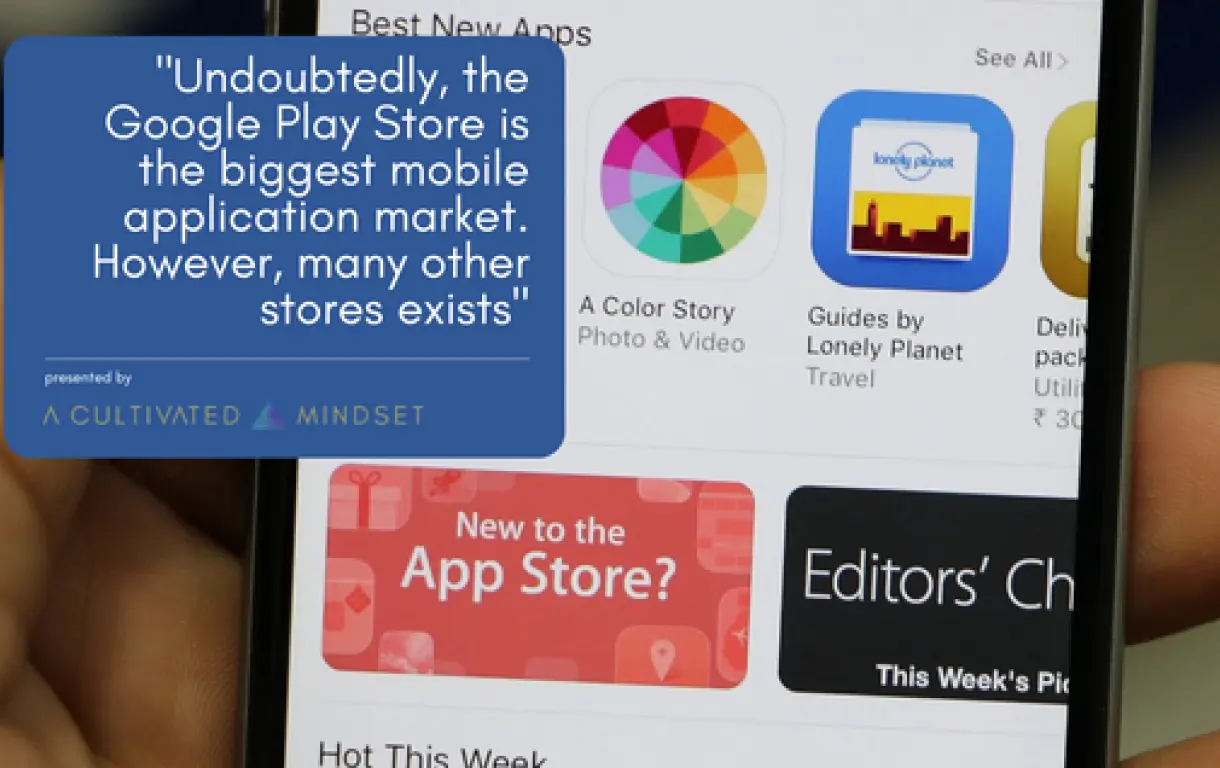How to Patent a Mobile App Idea
- 3 MIN READ
- Nov 10, 2023
- BY PATRICK HILL
The world of mobile apps is vast, and so is the money to be made from them. The mobile app market is already worth $206.73 billion and is predicted to reach $565.40 billion by 2030.
That’s a lot of apps and lots of money! Many people rush to get an app created before someone else does. And patenting an idea is one way to protect your work and ensure that no one can copy it.
But how do you patent an app? Can you do that? Or are you stuck with whatever design or concept you come up with? This article will explain how to patent a mobile app idea.
What Does Patenting a Mobile App Idea Mean?
A patent is a legal right allowing you to stop others from making, using, or selling your invention. You must show that your idea is new and inventive to get a patent.
So, it must not be evident to someone with “ordinary skill” in the field (for an app, this means software engineers). Once you have this protection, no one else can use your invention without your permission.
Essential Steps to Follow to Patent an App Idea
If you want to protect your app idea, you must take several steps;
Discover and Register with a Patent Lawyer
The first step is to meet with a patent attorney. A patent lawyer can help you determine whether your idea has commercial potential. They’ll also tell you how best to protect it.
The lawyer will need to review your application. Then they’ll ask questions about its purpose, features, and functionality. Once they have enough information, you can move to the next step.
Disclose Your Mobile App Invention
Next, disclose your mobile app invention. This means providing the patent attorney with detailed information about its working process. You also need to explain how it differs from similar products on the market.
You may also need to provide a prototype or mock-up of what your app looks like. It helps them determine whether it has commercial value.
Exercise Patent Search
It’s easy to assume that your mobile app invention is unique and that no one has ever thought of it. Unfortunately, nothing could be further from the truth.
There are millions of patents on file for different technologies and software. So you should always conduct a patent search before disclosing your app idea.
This allows your attorney to see whether anyone else has come up with a similar product in the past. They’ll also be able to determine if someone has applied for a patent on your idea.
File a Provisional or Non-Provisional Patent Application
The next step is to file a provisional or non-provisional patent application . A provisional patent application is considered an “informal” patent. Therefore, it doesn’t undergo the same rigorous examination process as a non-provisional application.
This means that it can be filed quickly and inexpensively. But it provides a lower level of protection than a non-provisional application.
Submit Your Patent Application
You’ve filed a provisional or non-provisional patent application. But it will undergo an examination process by the U.S. Patent and Trademark Office (USPTO).
This process can take several months or even years. This depends on how closely related your idea is to an existing product in their database.
The process also involves lots of paperwork. You’ll have to provide the USPTO with drawings, schematics, and detailed product descriptions.
- Some other documents you’ll need for this stage include:
- Specification
- Declaration or Oath
- Data Disclosure Statement
- Entity Status Form
- Claims
- Application Data Sheet
- Drawings
- Patent Cooperation Treaty (Optional and for International Filings)
- Cover Sheet
- Fee Sheet
- Application to Make Special (Optional)
What Should You Do if Your App Idea Is Already Patented?
Suppose, during your patent study, you discover that your app idea is already patented. You’ll have to research seriously and determine whether the patent is valid.
If it’s valid, then you’ll need to decide if there are ways you can modify your design. This helps you notice new features you can add to your application and makes it stand out even more.
Conclusion
Patenting an app idea is relatively simple, but it can be confusing. We hope this article has helped you understand the basics of obtaining a patent for an app idea. It should also help you get started on your journey.











